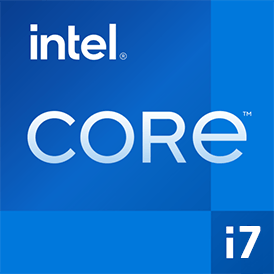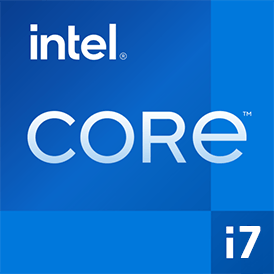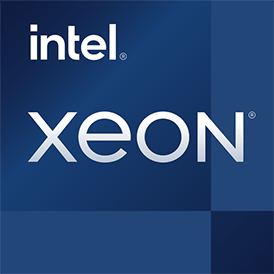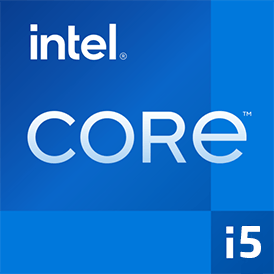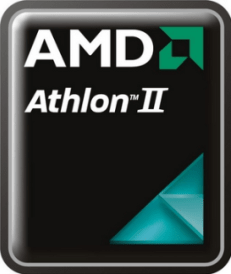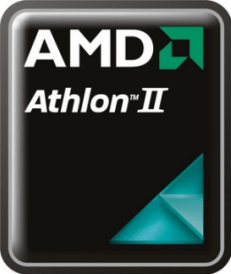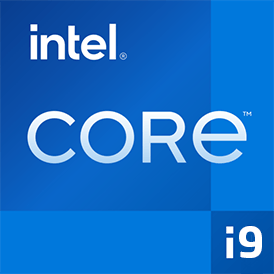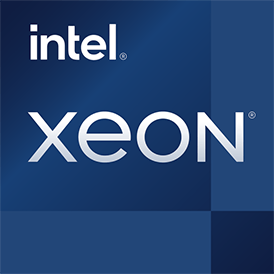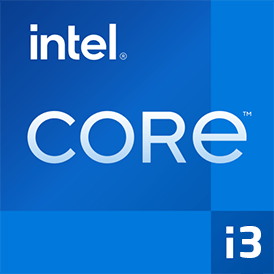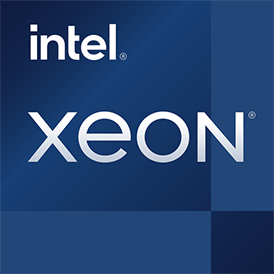Comparación de la tarjeta de video GIGABYTE AORUS GeForce GTX 1660 TI 6G con la tarjeta de video MSI GeForce GTX 960 2GD5 por especificaciones y puntos de referencia. GIGABYTE AORUS GeForce GTX 1660 TI 6G funciona a 1.500 GHz velocidad de reloj base y tiene 6 GB de GDDR6 memoria, mientras que la tarjeta de video MSI GeForce GTX 960 2GD5 funciona a 1.500 GHz velocidad de reloj base y tiene 2 GB de GDDR5 de memoria. El peso es diferente, -- frente a 586 g. El TDP de la primera tarjeta de video es 120 W, y el segundo es 120 W . Compare los resultados de referencia para averiguar qué tarjeta de video es mejor.


 Russian
Russian  English
English  Germany
Germany  Portuguese
Portuguese  Italian
Italian  French
French  Japan
Japan  Polish
Polish  Chinese
Chinese 
